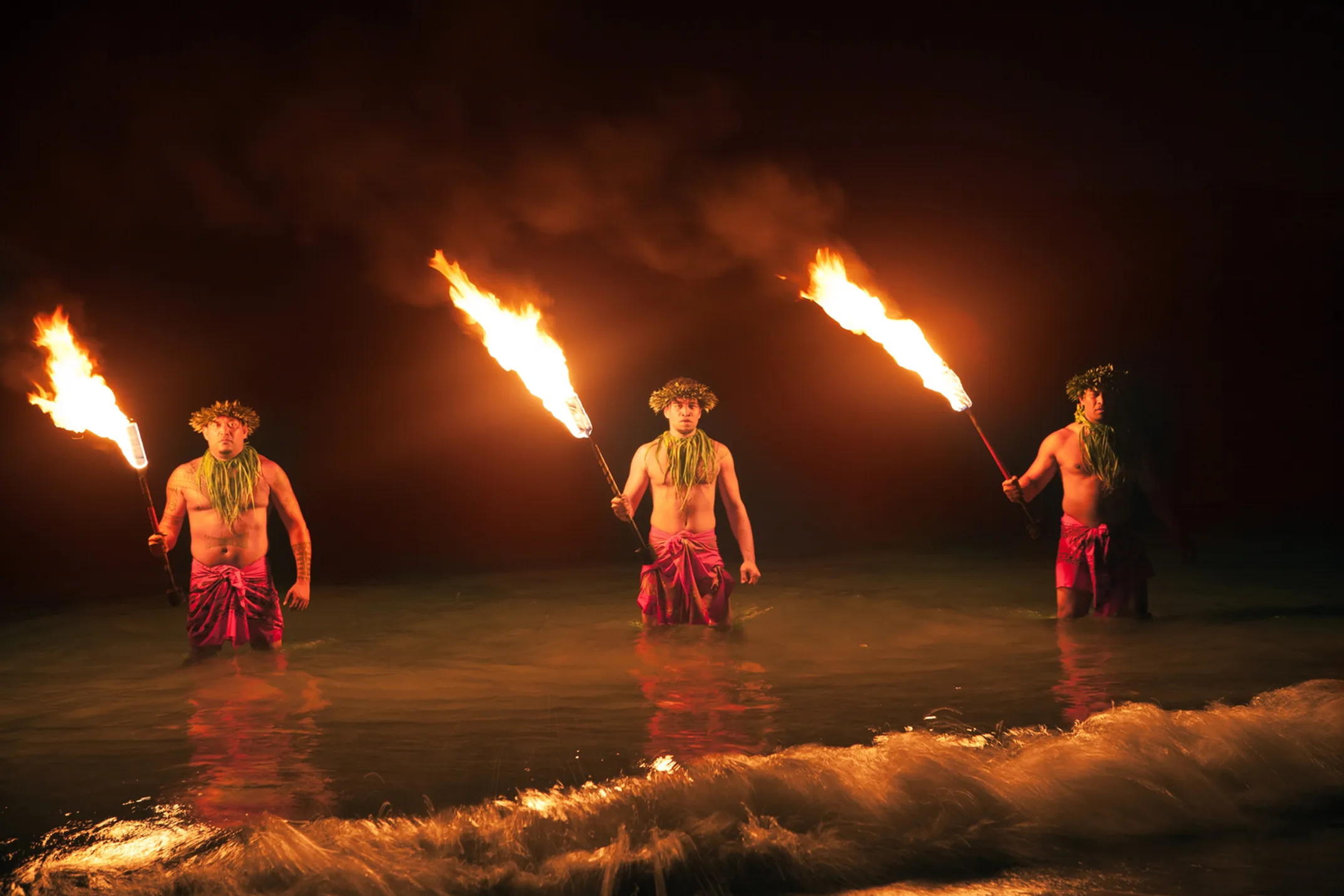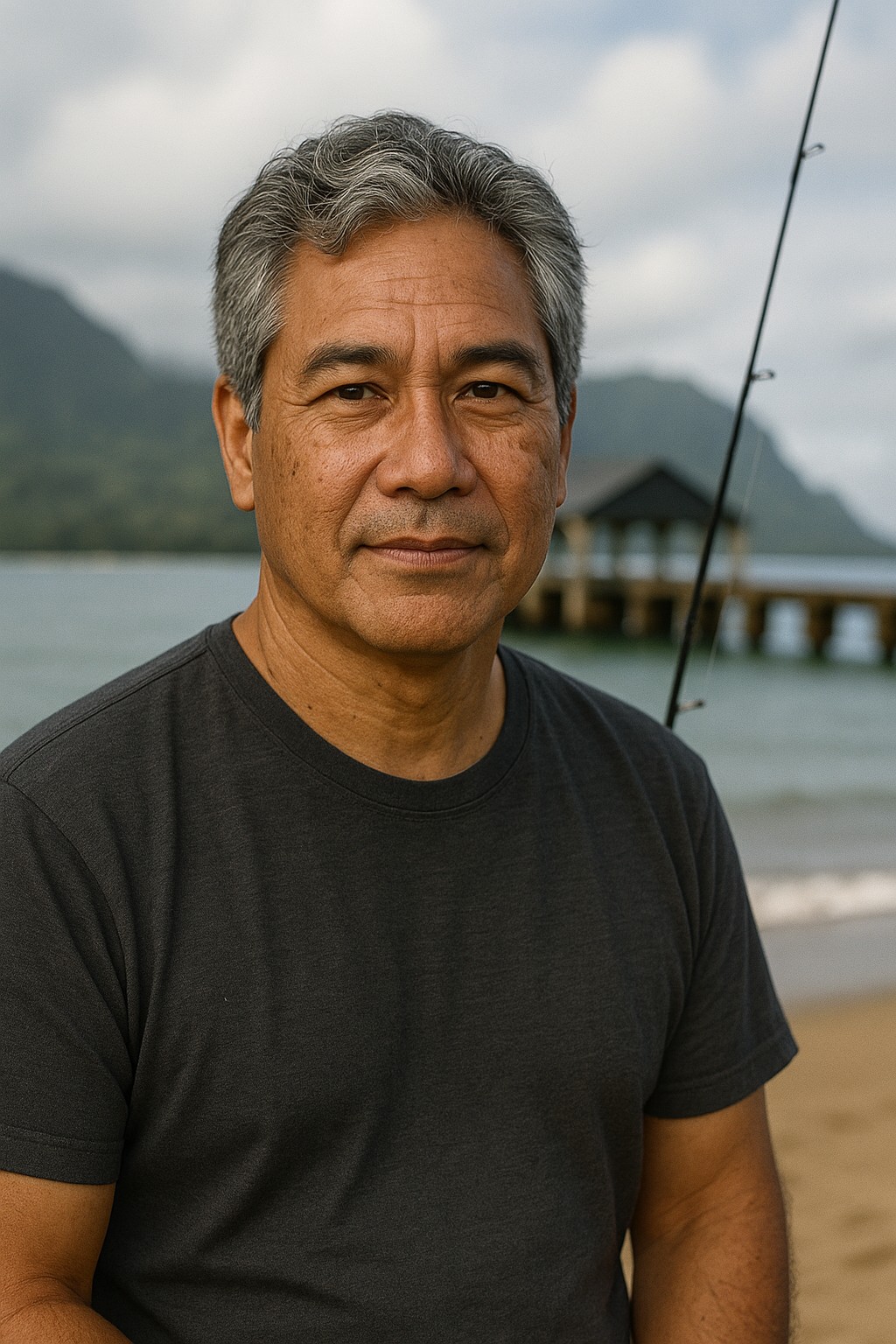

The Theft of a Nation
How American Businessmen Illegally Overthrew the Hawaiian Kingdom

Written by a Local Cultural Expert
Kalani MillerThe Theft of a Nation

The political crisis came to a head in 1887. King Kalākaua was struggling with debt and political pressure from the business community. The Honolulu Rifles, a militia composed entirely of white residents, surrounded ʻIolani Palace with weapons and forced the king to sign a new constitution.
The "Bayonet Constitution" stripped most power from the monarchy and transferred it to a cabinet controlled by the business elite. Voting rights were restricted by property and income requirements that eliminated most Native Hawaiian voters while preserving the political power of wealthy foreigners. It was a bloodless coup that made future coups inevitable.
When Queen Liliʻuokalani became ruler in 1891, she inherited a government that was sovereign in name only. A highly educated woman who spoke multiple languages and understood international law, she immediately began working to restore Hawaiian political rights.
The Committee of Safety
The business elite saw this as an existential threat. If Hawaiians regained political control, they might lose their economic dominance. A group of 13 American and European businessmen and lawyers formed a "Committee of Safety" with the explicit goal of overthrowing the Queen and seeking annexation to the United States.
On January 17, 1893, they made their move. But the conspirators had no military force of their own. They depended entirely on U.S. Minister John Stevens, who ordered 162 armed Marines from the warship USS Boston to land in Honolulu, ostensibly to "protect American lives and property."
The Queen's Impossible Choice
The presence of American troops made resistance futile. Queen Liliʻuokalani faced an impossible choice. Fight and watch her people die in a hopeless battle, or surrender and hope the United States would eventually do the right thing.
She chose surrender, but not to the local conspirators. In a brilliantly crafted statement, she yielded her authority directly to the U.S. government, framing the overthrow as an illegal act between two sovereign nations:
"I do under this protest, and impelled by said force, yield my authority until such time as the Government of the United States shall, upon the facts being presented to it, undo the action of its representatives and reinstate me in the authority which I claim as the constitutional sovereign of the Hawaiian Islands."
She believed America would investigate and correct this injustice. For a while, it seemed she might be right.
👑 Queen Liliʻuokalani
Highly educated ruler who spoke multiple languages and understood international law. Worked to restore Hawaiian rights.
🏛️ Committee of Safety
13 American and European businessmen who plotted the overthrow to protect their economic interests.
🇺🇸 Minister John Stevens
U.S. Minister who illegally deployed Marines to support the overthrow without authorization from Washington.
🏢 Sanford Dole
Son of missionaries who became president of the illegal provisional government and later territorial governor.
Cleveland's Investigation
President Grover Cleveland did investigate and found the overthrow completely illegal. The Blount Commission report condemned the actions of Minister Stevens and called for the Queen's restoration. Cleveland formally apologized and demanded that the provisional government step down.
But the businessmen who had seized power refused to give it back. They declared themselves the Republic of Hawaii under Sanford Dole and settled in to wait for a friendlier U.S. president.
The Queen's Trial
In 1895, following an unsuccessful attempt by Hawaiian royalists to restore the Queen, the republic found its excuse for further repression. Liliʻuokalani was arrested and accused of knowing about the plot. Her trial took place in her own throne room at ʻIolani Palace—the same building that had once symbolized Hawaiian sovereignty now served as a makeshift courthouse.
Convicted of "misprision of treason," she was sentenced to five years of hard labor, later reduced to imprisonment in an upstairs bedroom of the palace. To secure the release of her supporters, she was forced to sign a formal document of abdication. She later wrote, "For myself, I would have chosen death rather than to have signed it."
When the Spanish-American War started in 1898, annexation supporters found their opening. They reframed Hawaiʻi as a "military necessity" and passed annexation through a simple congressional resolution—the Newlands Resolution. No consent. No vote by the Hawaiian people. Just raw political power exercised during wartime.
ℹ️ The Overthrow
- Bayonet Constitution: 1887
- Overthrow Date: Jan 17, 1893
- U.S. Marines: 162 troops
- Queen's Trial: 1895
- Annexation: July 7, 1898
⚖️ Legal Status
- Illegal occupation (international law)
- No consent from Hawaiian people
- Cleveland found it illegal
- Congressional resolution (not treaty)
- Wartime political expediency
📜 Key Documents
1887 - Forced on King Kalākaua
1893 - Yielded under protest
1893 - Found overthrow illegal
1898 - Forced annexation

